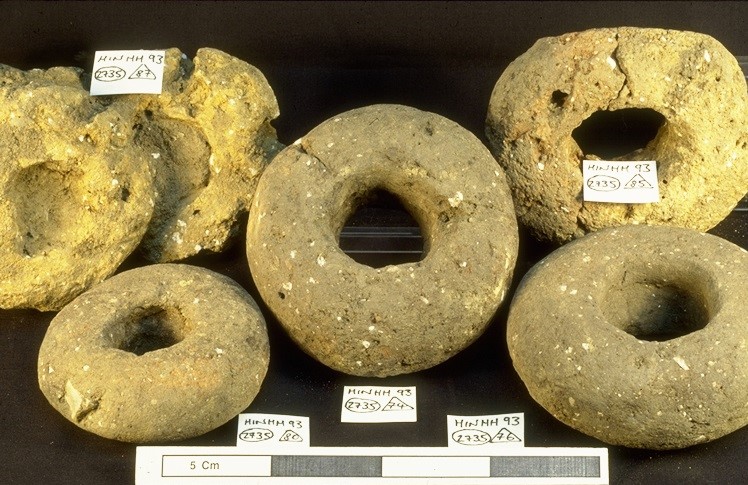Hidden Lives: a story of discovery
June 16, 2017 to February 28, 2018
An exhibition charting the archaeological discoveries of the Wellcome Genome Campus
Habitation of the site of the Wellcome Genome Campus dates back at least 12,000 years. It is now home to cutting-edge genomics research but we know through archaeological surveys that our ancestors lived and worked this fertile land on the banks of the River Cam, leaving behind fragments of their existence: trade, worship and their own bodily remains. In a project that combined the expertise of archaeologists and geneticists, we have been able to discover much more about these people, from their tools, jewellery, bones – and their DNA. Oxford Archaeology East has led several archaeological excavations at Hinxton. Flint tools worked by hand suggest that our earliest settlers date back to about 12,000 years. To date, 11 individuals’ remains have been unearthed; the oldest are about 5,000 years old. Most of the remains date from the Iron Age and the Anglo-Saxon period. Technological advances have greatly improved our ability to extract usable DNA samples from bones, which means that evolutionary geneticists can discover much more about our ancestors, and as a result, about us. Researchers at the Wellcome Genome Campus study DNA to understand human evolution and the genetic variation between us. In many ways this story is unique: archaeological remains discovered at a site that sequences DNA. But the results are part of our collective story, and show how studying physical remains and the hidden genetic codes held within them reveals so much about us, past and present.
Exhibits






